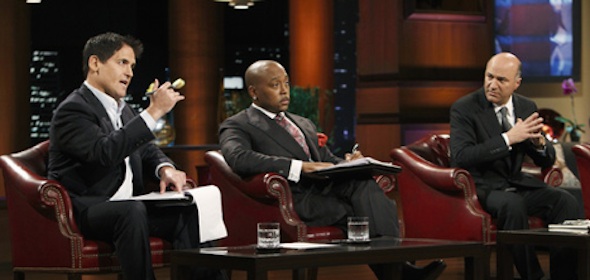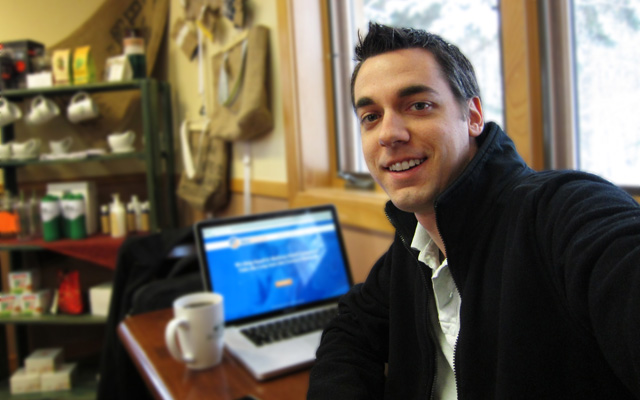Ask anyone with a DVR if they watch television commercials and I bet you’ll hear a resounding “NO”!
But follow that question with asking if they use their laptop, iPad or smartphone to browse the web while watching TV and you’ll probably hear an emphatic “yes.” Or at least a “sometimes.”
We’re living in an age of attention multi-tasking. We can watch TV with our peripheral vision while catching up on emails and reading the latest news headlines & blogs. All while scanning Facebook & Twitter to see what our friends have going on in their lives.
Where does this leave the traditional marketers? We are barely watching TV anymore, let alone the commercials. So what are advertisers to do?
Television advertising, as we know it, is dead.
Or is it?

I’m a fan of Mark Cuban. He’s a go-getter powerhouse in the world of business. And I’m happy to report he is on the new season of Shark Tank on ABC.
Anyway, I follow Mark on Twitter and noticed that he was live tweeting during the show. His insight was remarkable. And it lead to a host of people chatting about the current happenings on the show.
The TV Commercial Savior
Welcome Twitter hastags. And its unbelievable communication power.
The #SharkTank chat was interesting because it highlighted a pathway for the revival of a live & largely communal television watching experience. (While it’s not the first instance of this, the chat is a great example)
If you truly were interested in a show, you most likely would be interested in chatting with others about the show. Since we live in such a private society – watching TV from our living rooms – Twitter is the best option for us to interact with ease.
There are four huge implications of live tweeting:
1. Increase Live Viewership
This is obvious. But important. Those who want to chat about the show will be forced to watch it live. Which means no fast forwarding through commercials. Because once it’s DVR’d and replayed, the chatting will be over.
Think about it this way, if you want to join the party, you’ve got to arrive on time. Not two nights later.
2. Increase Loyalty
Having the TV networks ensure the stars of the show are chatting during the show, the fans will become hugely loyal. Daniel Tosh does this extremely well on the hilarious Tosh.0 on Comedy Central. He live chats with his fans and the tweets are sometimes funnier than the show itself.
3. Attract New Viewers
With people tweeting about the show, their followers may become interested and turn on the tube. It’s not hard to believe this could happen on an ever increasing large scale if the conversation is lively.
4. Advertisers May Be Welcomed
If the advertisers joined the conversation in a non-sleazy way, it could be a fun thing. A little creativity & freshness could be a great addition to the chatting.
Coming back to the title of this article, people would watch their commercials, not only because they’d have to, but because they’d want to. If the advertiser was adding compelling, high-value commentary to the chat, people would have more interest in seeing their ad.
The Long & Short of It All
By giving viewers a compelling reason to watch TV live, advertisers may be able to combat the onslaught of the DVR.
And prevent the death of the television commercial.
p.s. The absolute best option for chatting on Twitter is TweetChat. It allows you to login to your Twitter account, input the desired hashtag and instantly join the conversation. It automatically adds the hashtag as well, which is a nice addition.
Update: A few days after I wrote this, CBS announced a “Tweet Week”. Clearly they are subscribers of my blog because they took this blog post and ran with it! 😉
